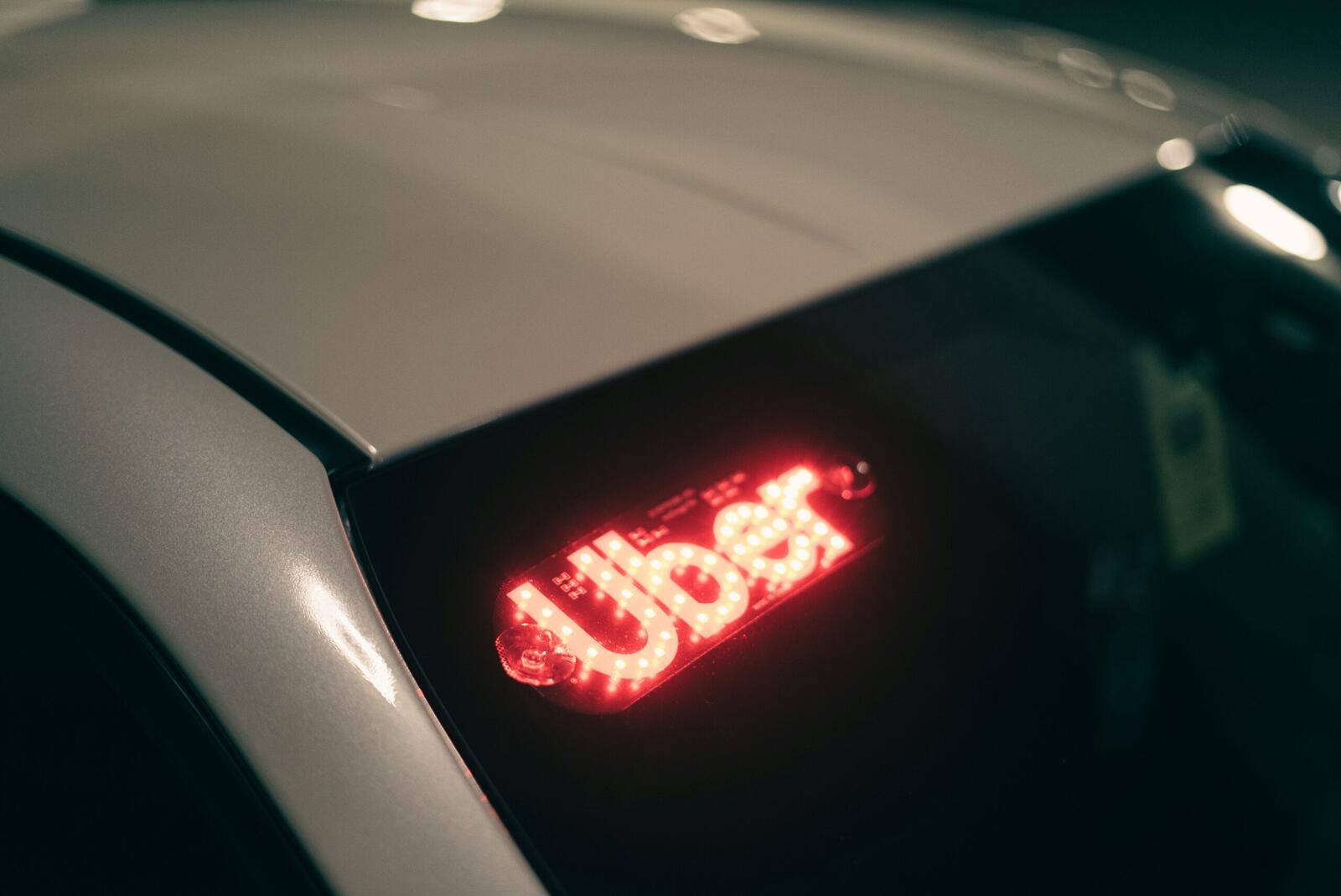The US Federal Trade Commission filed a lawsuit against Uber in the Northern District of California on 21 April. The agency accuses the company of charging riders and diners for its Uber One subscription without clear consent and of hiding key facts about real costs.
“Americans are tired of getting signed up for unwanted subscriptions that seem impossible to cancel. The Trump-Vance FTC is fighting back on behalf of the American people. Today, we’re alleging that Uber not only deceived consumers about their subscriptions, but also made it unreasonably difficult for customers to cancel,” said Andrew N. Ferguson, FTC’s Chairman.
The complaint states that Uber promoted savings of $25 a month while the pass itself costs $9.99 monthly or $96 each year. The regulator’s argument is that this marketing gave a false impression of net benefit and broke consumer protection law as well as the Restore Online Shoppers’ Confidence Act.
Alongside an injunction, the FTC wants refunds for every user who paid against their will. Lead attorneys Stephanie Liebner, James Doty and Paul Mezan will argue that the practices were both deceptive and unfair.
How Were Customers Signed Up Without Real Consent?
Screens inside the Uber and Uber Eats apps served bold “Try for free” buttons while payment details sat on file from past trips. One tap placed riders in a month long trial that turned into a paid plan unless cancelled in time. Grey text at the bottom of the page noted the looming charge, yet many people missed it.
Push notifications and pop‑ups promised discount rides or deliveries if users “claimed the offer.” Ticking a small box at checkout delivered the same result. Cards were billed within four weeks, though the wording implied a longer grace period.
The FTC gathered statements from people who spotted fees even though they said they never accepted any promotion. One person found a debit even though they never opened an Uber account, according to the filing.
More from News
- Rentr Partners With Factored to Offer UK Landlords Instant Access to Rent Advancements For Property Upgrades and Maintenance
- What Caused The Starlink Global Outage?
- Figma’s AI App Building Tool, Figma Make, Now Available For Use
- Tells.co Shaking Up SMS Marketing: How Founders David Schlaegel and Justin Ramsey Are Doing It
- Google Launches AI Tool That Helps Shoppers Pick And Try Clothing
- Are UK Shoppers Comfortable With AI In Retail?
- How Many Prompts Does ChatGPT Actually Receive?
- First-Ever Trade Mission To South Africa for Sadiq Khan, Mayor of London
What Made Quitting Uber One So Tough?
The lawsuit describes an “obstacle course” inside the app. A rider who wanted out first had to find the hidden Account tab, then the Uber One tile, and finally a “Manage membership” button. After that came a survey, a plea to pause the pass, and a new pitch offering a lower rate for a month.
Anyone who tried to cancel within 48 hours of renewal faced an even longer maze up to 23 screens and 32 taps. During that window the main “End membership” link vanished, sending people into a loop that ended with a message urging them to contact support.
Support was hard to reach, where users scrolled through help menus, typed a written request in a blank box and then waited, often for hours. Some said the next charge landed while they were still waiting for a reply. Others said they followed every on‑screen step, pressed “close,” and thought the pass was gone, only to see it live on.
The complaint claims that early billing made matters worse. Bills could arrive a day or 2 ahead of the date shown on the sign up page. That timing shortened the real window for cancellation and left many riders paying for another cycle before they knew anything was wrong.
FTC lawyers argue that hidden text, fast billing and an exhausting withdrawal process to trap people in a plan they did not want. The agency says the harm is clear… Lost cash and lost time.
What Does Uber Say?
Uber spokesperson Noah Edwardsen called the sign up and deletion process “clear” and said most cancellations “take 20 seconds or less.” He insisted the firm never bills without permission and added that riders can now quit directly in‑app. Former FTC chair Tim Muris, who advised Uber during the investigation, criticised the agency for moving ahead “without a full investigation.”
The company’s defence will depend mainly on that speed claim and on updates it says already shorten the process. The FTC will point to the detailed user journey and dozens of complaints that tell a different story.
A court date has yet to be set, but the filing alone has drawn fresh attention to automatic renewals in transport and food apps. Riders worldwide will watch the outcome, because any ruling could shape how subscription buttons work across the digital economy.



